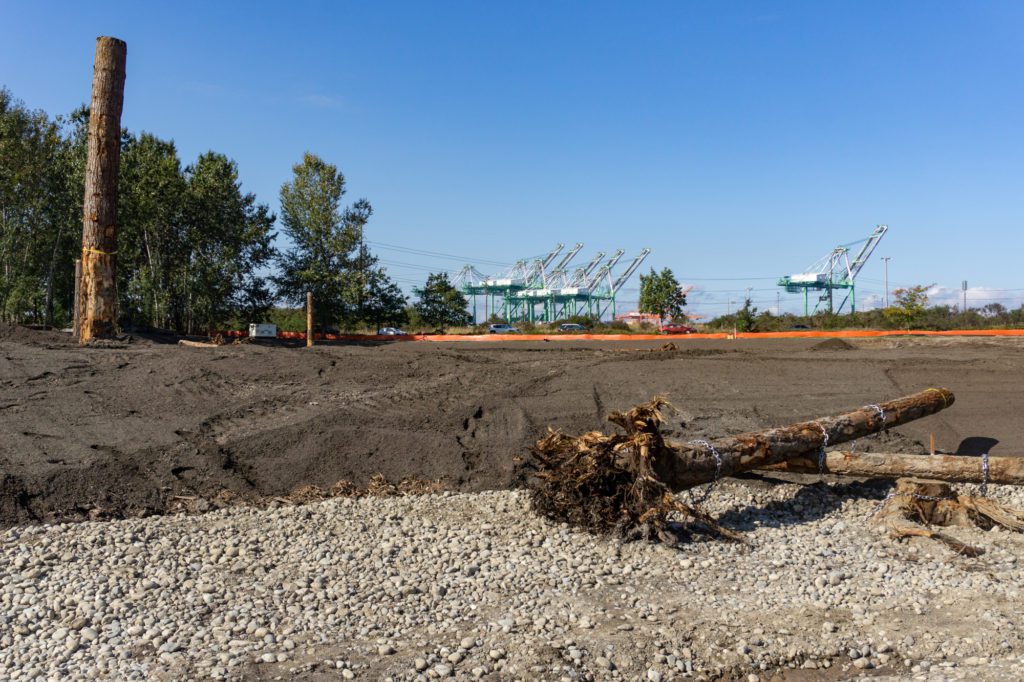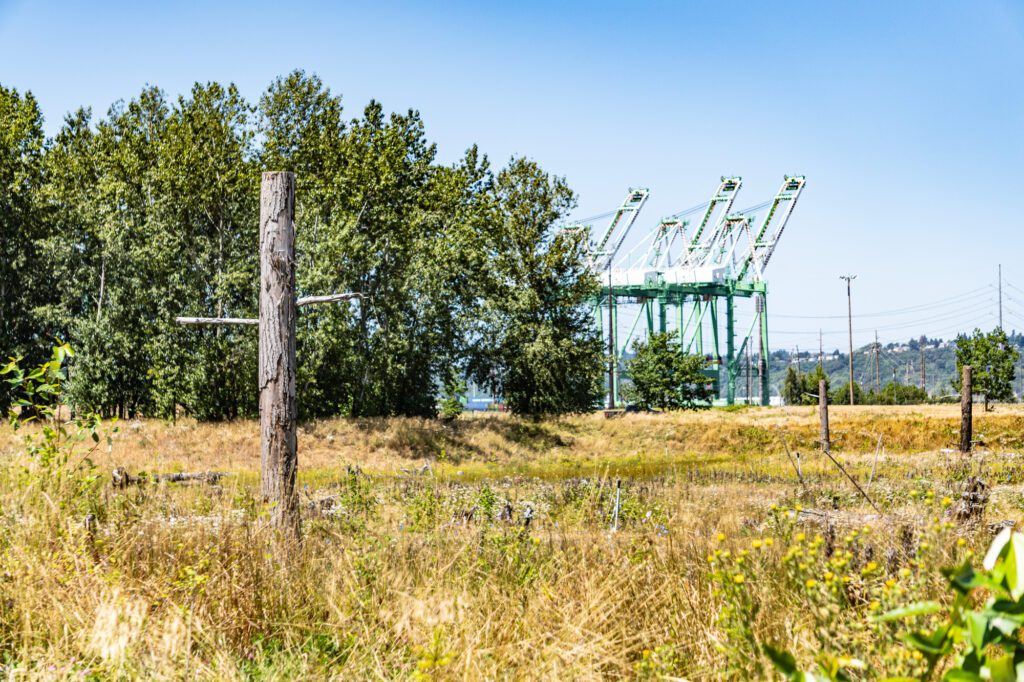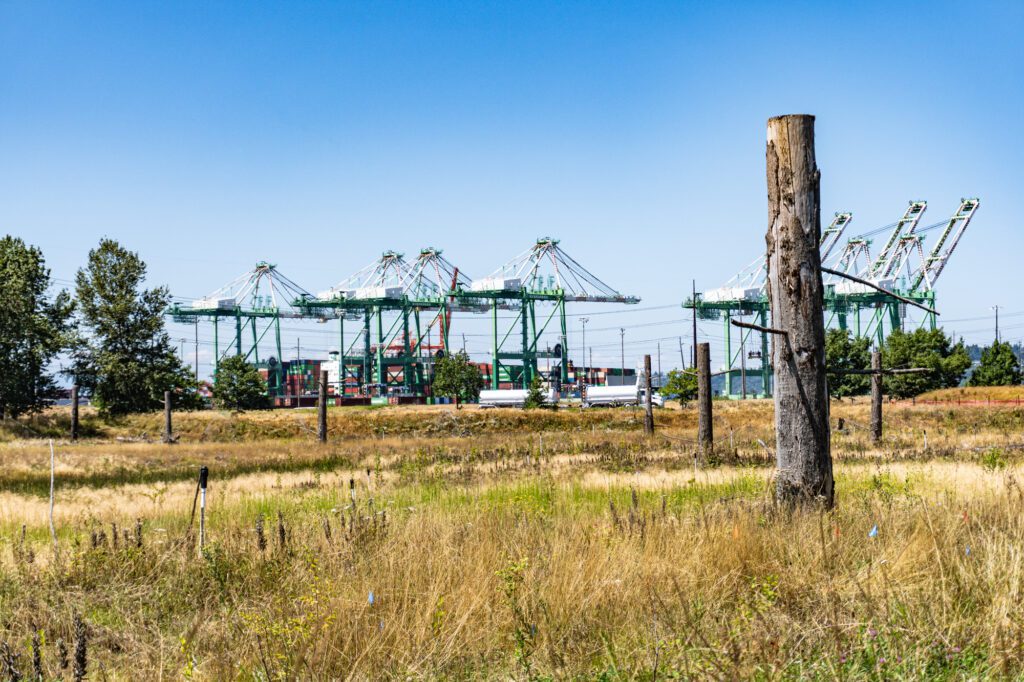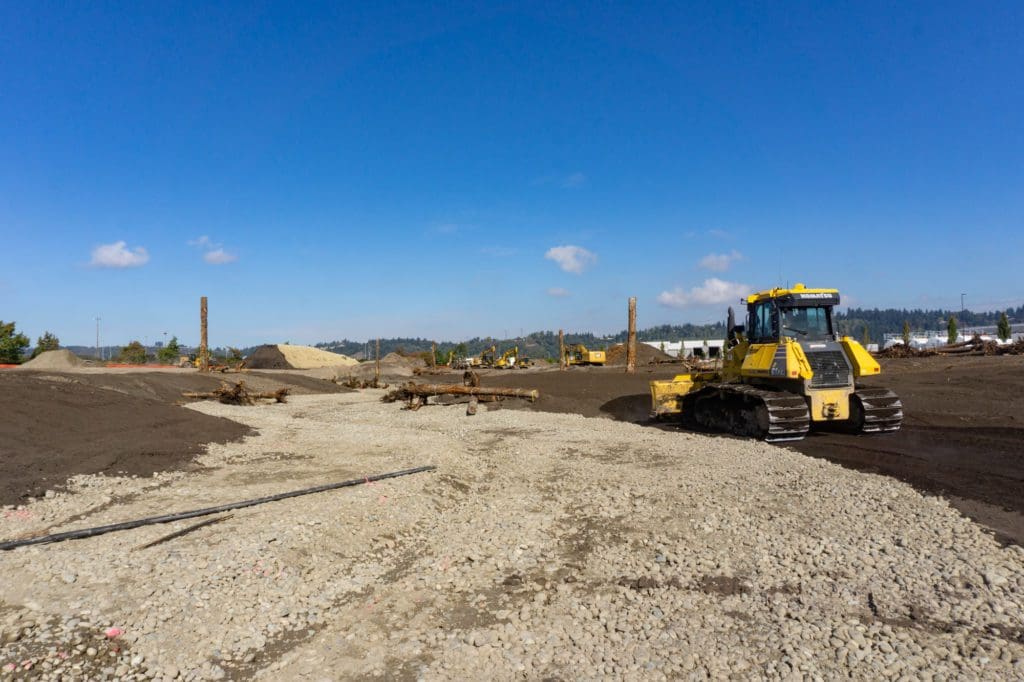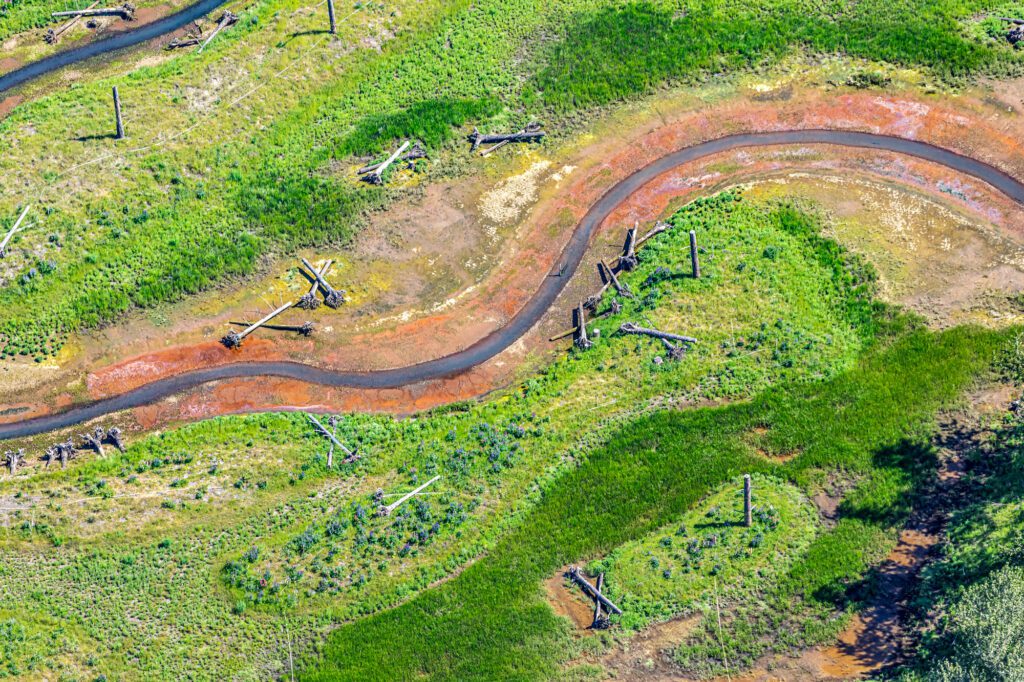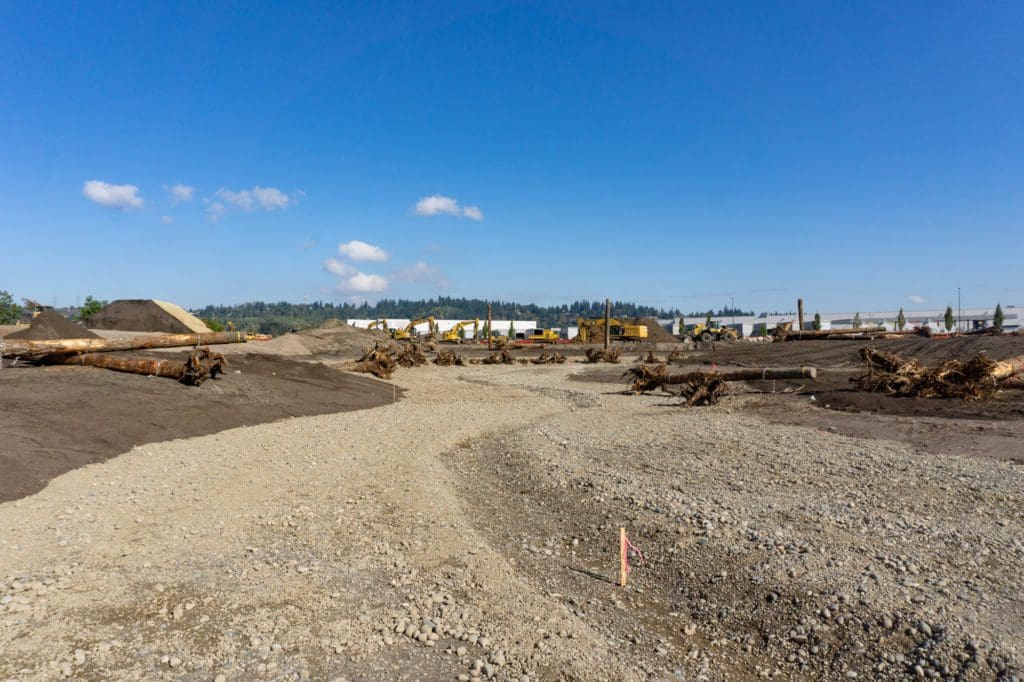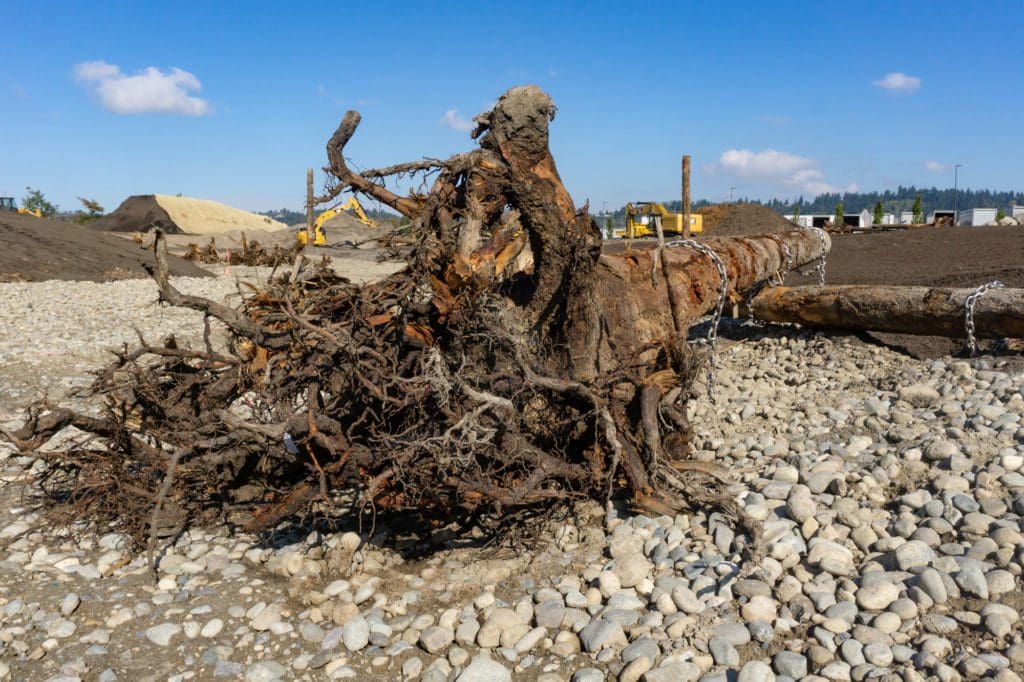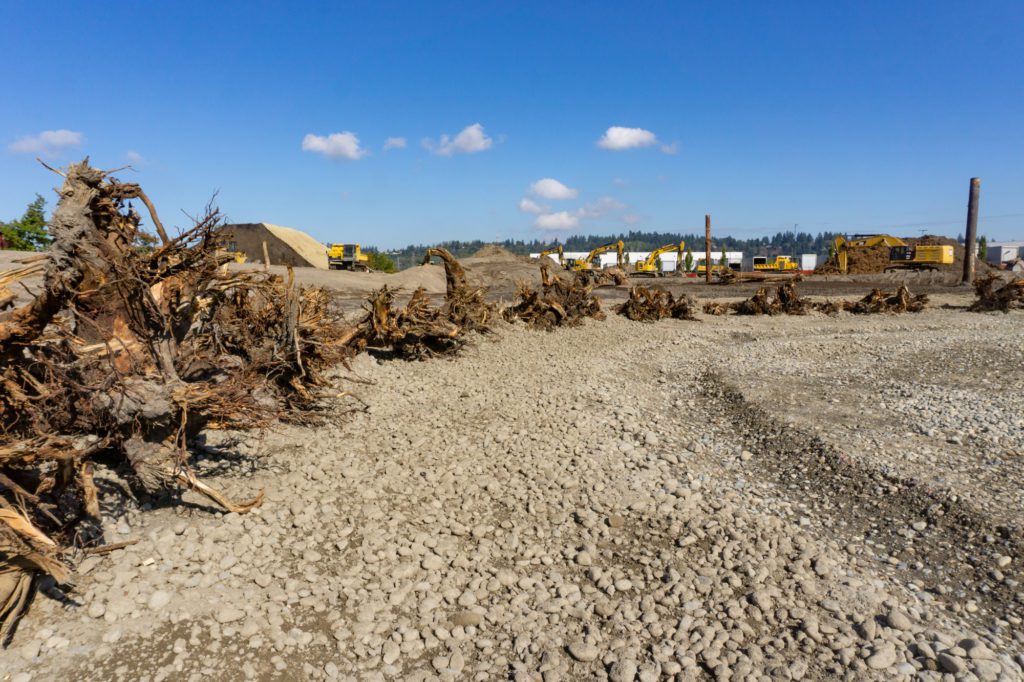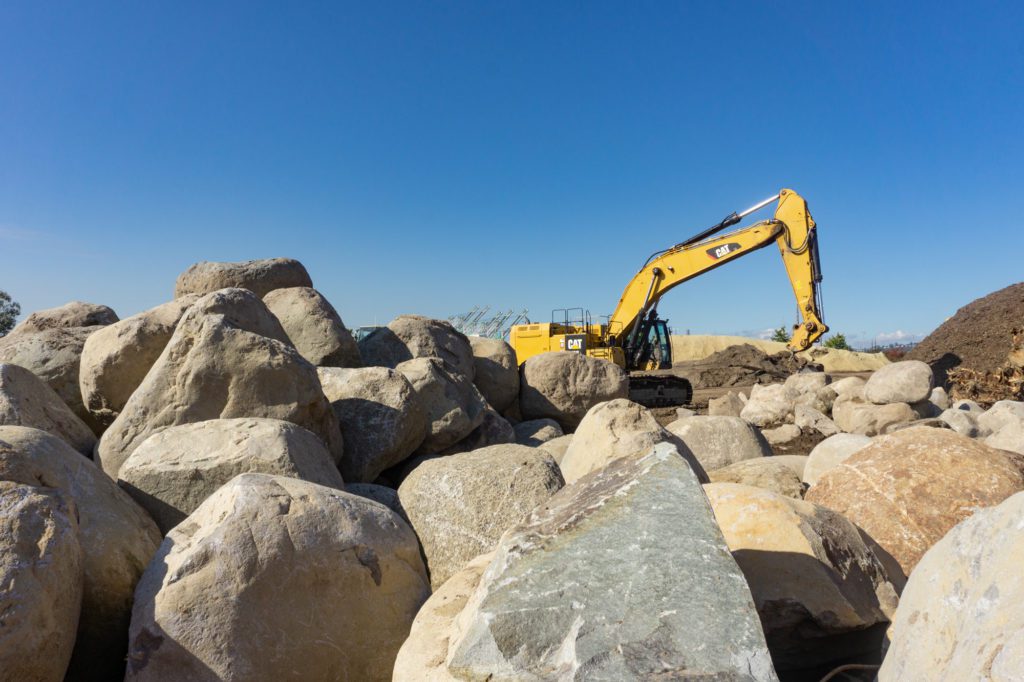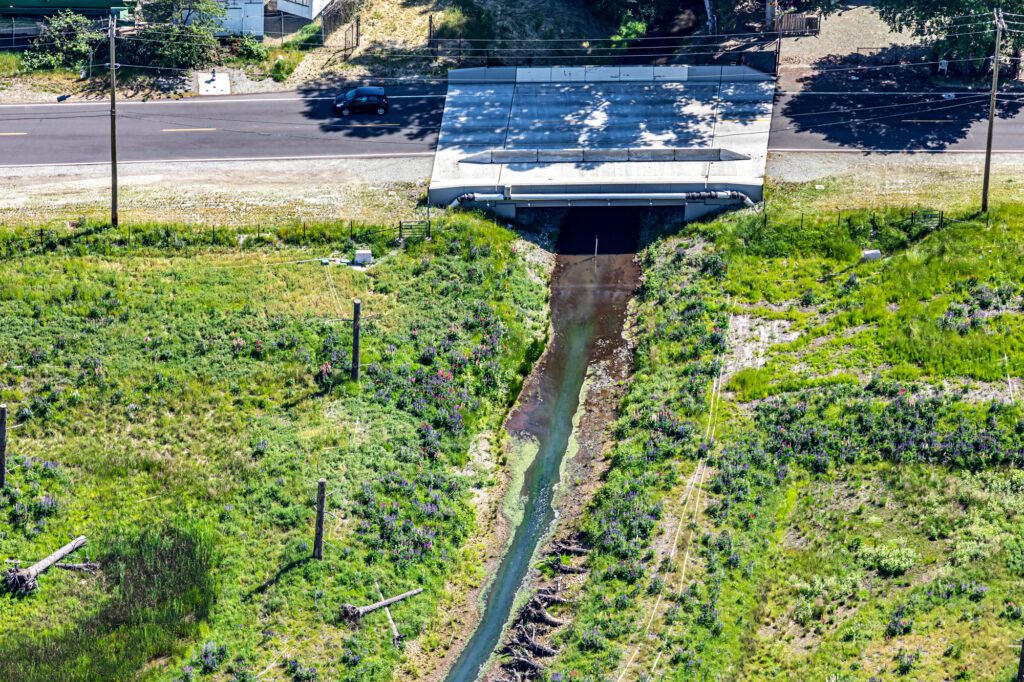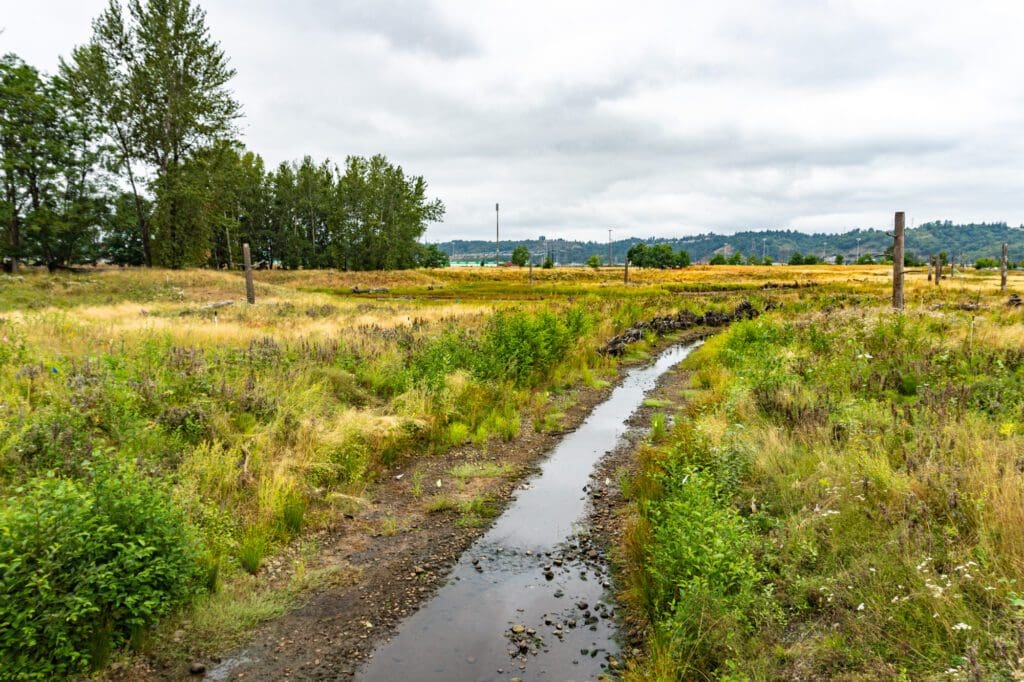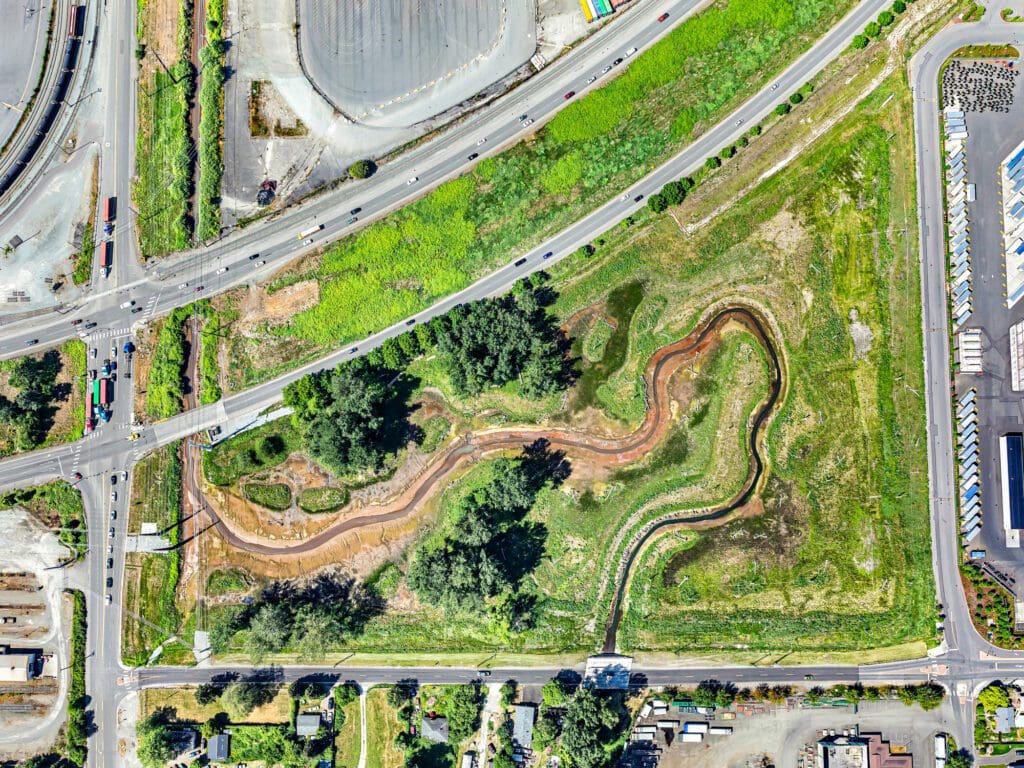Lower Wapato Creek Habitat
Date: 2020-2023GET A QUOTE
Description
The Lower Wapato Creek Habitat project restores the meandering stream and wetlands environment that existed in Tacoma prior to the 1960s. The project also replaces two culverts with a fish-passable full-span bridge.Materials
2,100 tons of 6" Streambed Cobbles1,260 tons of Custom Streambed Cobbles
1,140 tons of Streambed Sediment
590 tons of 4- to 5-Man Streambed Boulders
125 tons of CSTC
70 tons of Permeable Ballast
70 tons of CSBC
30 tons of Gravel Borrow
Highlights
Washington Rock provided streambed cobbles and streambed boulders used for constructing the meandering streambed. In addition to producing our standard cobble mix, we created a custom cobble mix that matches the local stream environment. Our streambed products will provide habitat for fish and other aquatic species.According to the Port of Tacoma website, the streambed restoration will help to expand and improve “rearing and foraging opportunities for juvenile salmonids.” It will also expand and improve “habitat for shorebirds, waterfowl, and groundfish.”
Read more about this project on the Port of Tacoma website.
Aerial photos by Joe Barrentine for the Port of Tacoma.

